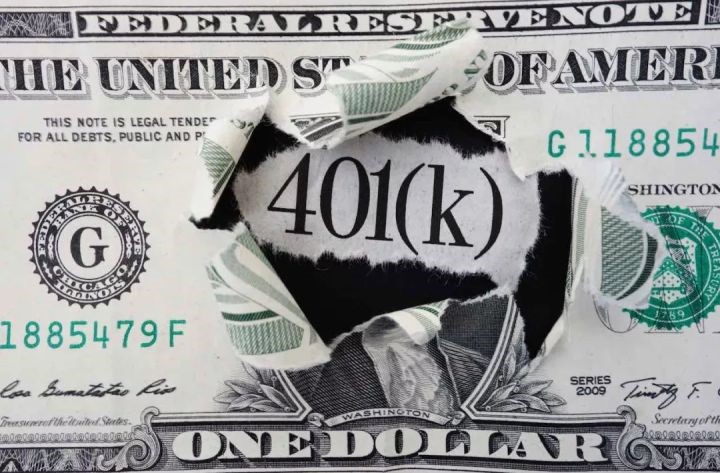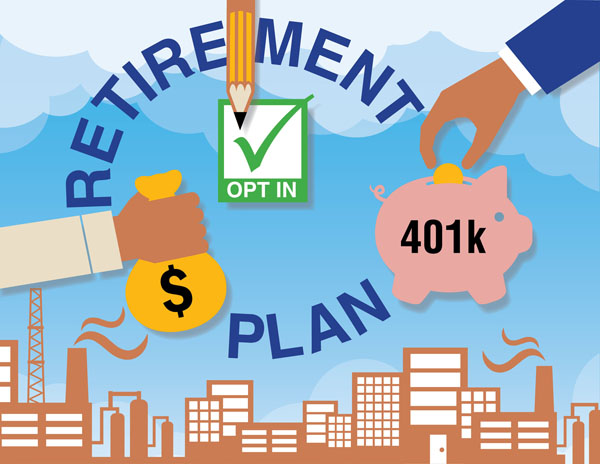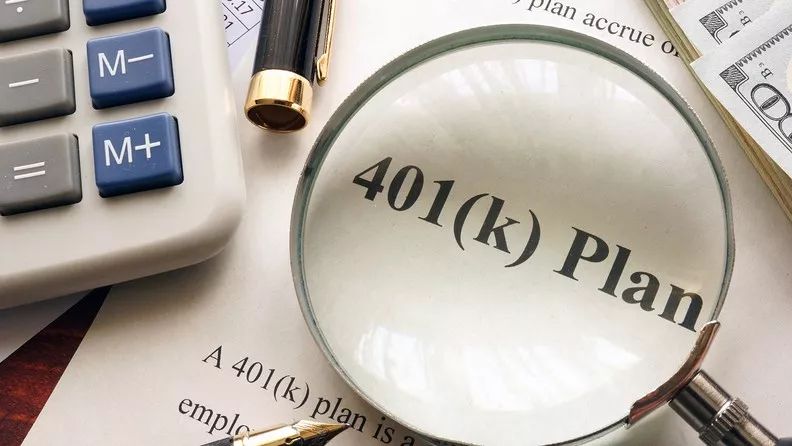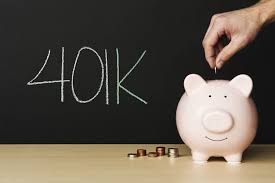How Much Pension Should We Put in Retirement Plan? The More the Better?
There is nothing wrong with putting more money in the retirement plan. If you put too much money, it may not be economically worthwhile.

There is nothing wrong with putting more money in the retirement plan. If you put too much money, it may not be economically worthwhile, because the money on 401K will be taxed in the future even with the capital and profits. For most people, after retirement The tax rate will be lower than today's tax rate. But if you have too much money in your retirement plan, your tax rate after retirement may be higher than today. Some people say, then I will put the money in it, and if you don’t take it out, you don’t have to pay tax. In fact, the IRS has been prepared for a long time, and has RMD (Required Minimum Distribution) for retirement accounts, which is a mandatory minimum withdrawal requirement.
What retirement plans have RMD requirements?
According to IRS regulations, all qualified retirement plans have RMD regulations. The so-called qualified retirement plan is simply a tax-deductible plan, including IRA, 401K, SEP, Pension such as Defined Benefit, Keogh, Solo 401k, Profit Sharing, etc. The money invested in these plans is tax deductible in the year, and you must start to take money out when you are 72 years old, with the exception of Roth IRA. Although ROTH IRA is generally considered a qualified plan, there is no requirement to start taking money at the age of 70 and a half. What needs to be emphasized is that there is no RMD requirement for non-qualified retirement plans, and you don’t have to take money out of the country by the age of 70 and a half. The so-called non-qualified plan refers to the money put in after tax. There is no tax deduction in the year, and the non-qualified retirement plan mainly refers to the annuity (Annuity). Of course, annuity has a qualified plan and a non-qualified plan. As long as it is a non-qualified plan, there is no RMD requirement, and you can stay free of money.
How is RMD calculated?
The amount of RMD is the account balance of the various qualified retirement plans on December 31 of the previous year, divided by the value of this year’s RMD (distribution period). Assume that Allen’s IRA amount on December 31, 2019 is 1 million, and Allen reaches 2020 If you are 73 years old on December 31, 2016, according to the Uniform Lifetime Table used by the IRS to calculate RMD, the RMD factor at the age of 73 is 24.7, so Allen must take RMD $40,485.83 before April 1, 2021. This RMD factor varies with age Increase and decrease, 75 years old is 22.9, 80 years old is 18.7, 85 years old is 14.8, 90 years old is 11.4, 95 years old is 8.6, and so on. In other words, the older you are, the more RMD you will take. Take Allen as an example. Assuming that the account balance is always 1 million, Allen must get $43,668 when he is 75 years old, $53,759 when he is 80 years old, RMD is $67,568 when he is 85 years old, and $87,719 when he is 90 years old.
What happens if I don't take RMD?
If you don’t take RMD, or don’t take enough, IRS will have a fine of up to 50%. For example, if you should get 20,000 yuan, but only 10,000 yuan, the IRS will fine you 5,000. It's ruthless, because if you don't take money from the IRA, the IRS will not collect taxes.
How to avoid RMD?
For people with high assets, RMD makes your tax-deferred account impossible to extend for a long time. If you don’t have money when you retire or you want to transfer the property in the IRA to your children, the only way is to transfer the traditional IRA to the past 401K Qualified retirement plans such as SEP, pension, etc. are converted to RothIRA. This conversion must be paid in full during the year. But the advantage of switching to Roth IRA is that you will no longer have to pay a penny of tax when you take money from Roth IRA during your lifetime, and there is no RMD rule. You can never take money, or take it if you want, or don’t take it if you don’t. Very casual. Suppose you have a 100,000 IRA and convert to Roth IRA this year. You have to pay $28,000 in tax this year (assuming a 28% tax rate). Assuming an annual investment growth rate of 6%, this 100,000 will become 1 million in 40 years. There is no income tax for 1 million, and your price is only the 28,000 income tax paid this year.
Conclusion
The financial plan is an overall plan that emphasizes comprehensiveness and balance. People’s income is limited for a certain period of time, and there are many places to spend money. If you invest too much in your retirement plan, it will inevitably affect your current life and medium-term plans, such as your children’s college education fund. The rational allocation of limited resources so that they can balance long-term goals, medium-term plans and daily life is a principle for formulating a reasonable financial plan. This article is by no means opposed to putting more money in retirement plans, but advocates overall and balance, and overall arrangements must not be too heavy. As for how much money should be put in the retirement plan, it varies from person to person. If you have a high income, want to retire early, and have enough money to fund your children’s university, you should put more, the more the better. If your child goes to college in recent years, you can consider lowering the 401K investment and put more money in the children’s education fund. In addition, in addition to 401K/403B retirement plans, there are other plans to consider. If you are older and your 401K started late, in addition to 401K to maximize the amount of money, you should also consider opening Roth IRA, Annuity (annuity). In addition, whole life insurance can accumulate cash value and can also be used as a supplement to a retirement plan. If you are Self-employed, or have part-time income outside of your main job, you can open a SEP IRA, which can invest 25% of your gross income every year. Or up to $57,000. The money invested in SEP is tax deductible like 401K.










